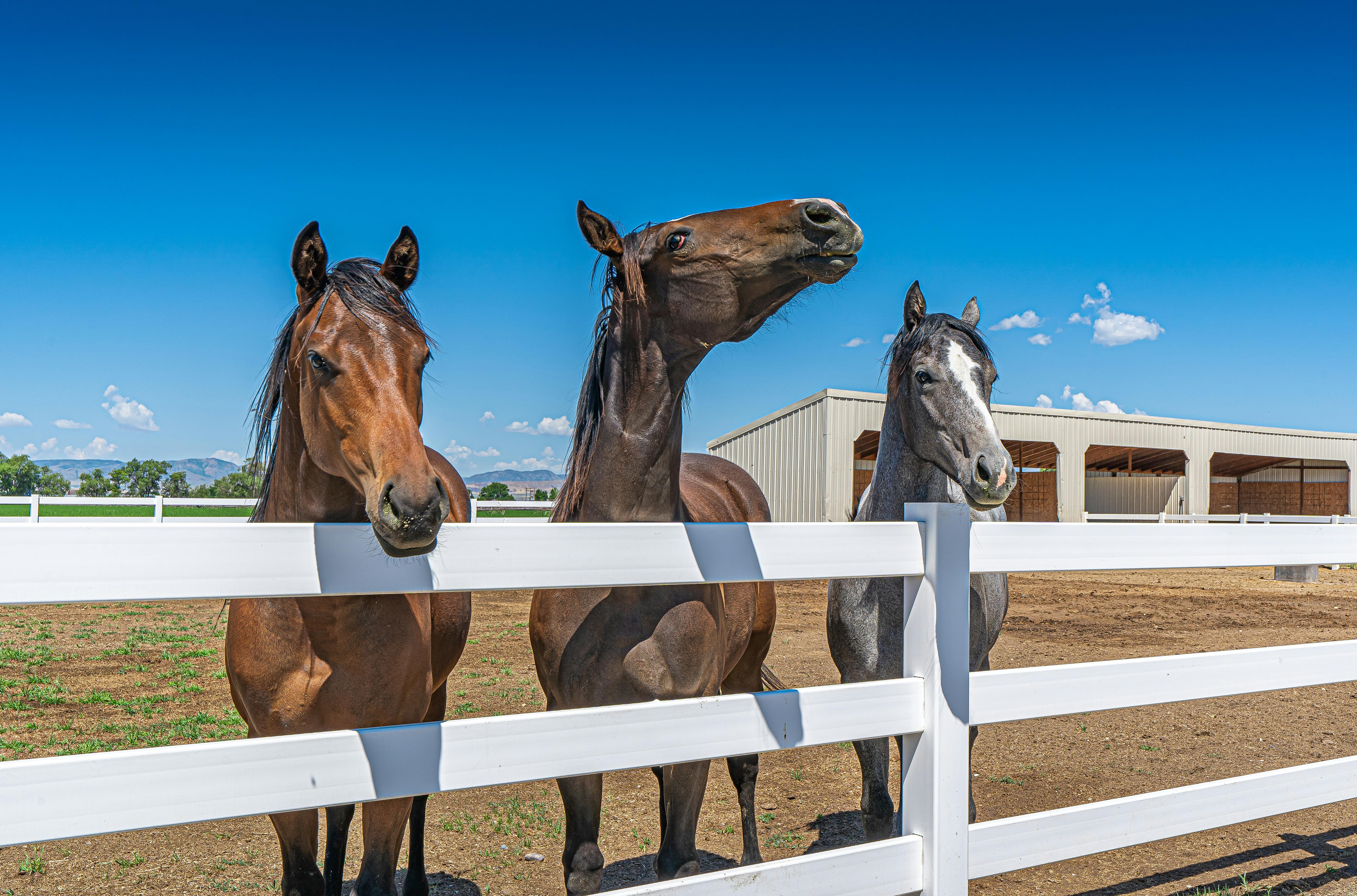Bot Flies

Bot flies are a common nuisance for horse owners across the U.S., with most horses experiencing an infestation of one to three different species every year. Left untreated, these parasites can cause significant discomfort, health problems, and even dangerous injuries to both horses and their handlers.
What Are Bot Flies?
Bot flies (Gastrophilus intestinalis, G. nasalis, G. haemorrhoidalis) are parasitic insects resembling honeybees. While their adults do not bite, their egg-laying behavior and larval stage can cause distress and health issues in horses.
Key Facts About Bot Flies
Appearance: Adults resemble small, fuzzy honeybees.
Behavior: These flies dart around horses to lay eggs, often causing horses to react violently in an attempt to escape, which can lead to injury.
Life Cycle: Bot flies go through distinct life stages: egg, larva, pupa, and adult. The larval stage is the most harmful to horses.
The Bot Fly Life Cycle
1. Egg Stage:
Adult females lay 500–1,000 pale yellow or grayish eggs on horses, primarily on the forelegs, chest, and shoulders. Incubation lasts about 5 days, after which the eggs hatch upon stimulation by the horse’s tongue or lips (warmth and moisture).
2. Larval Stage:
Once hatched, the larvae burrow into the soft tissues of the horse’s mouth, causing pain, irritation, and rubbing behavior. After 3 weeks, larvae migrate to the stomach or small intestine, where they attach to the lining and feed for several months. This can cause:
- Ulcers
- Blockages
- Edema
- Ruptures
3. Pupal Stage:
- Larvae eventually detach and pass through the horse’s feces. They pupate in the soil beneath manure piles, with adults emerging 2 weeks to 2 months later, ready to repeat the cycle.
Health Risks Posed by Bot Flies
Bot flies can damage horses both directly and indirectly:
Injury Risks: Horses often panic or react strongly to the presence of egg-laying adults, risking injury to themselves or their handlers.
Digestive Problems: Larvae attached to the stomach or intestines can cause severe internal damage, including ulcers, blockages, or even ruptures.
Irritation: The larval stage in the mouth and throat creates discomfort and may result in excessive rubbing or behavioral changes.
Effective Bot Fly Control Strategies
The most effective way to control bot flies is by targeting them at multiple stages of their life cycle. Early intervention is key to preventing health complications.
During bot fly season, check your horse’s coat for eggs daily, especially on the forelegs and shoulders. Use a comb, brush, or bot fly knife to scrape eggs off the horse’s coat. Wipe the horse’s legs and other affected areas with a cloth soaked in warm (110°F) water to stimulate eggs to hatch and remove them before they infect the horse.
Use deworming products that specifically target bot fly larvae within the horse’s body. Apply sprays or washes designed to kill larvae on the horse’s coat. Consult your veterinarian for recommendations on timing and products.
Regularly remove manure to disrupt the bot fly’s pupal stage and reduce their emergence. Consider harrowing pastures to break up manure piles and expose pupae to predators or environmental conditions.
Avoid wide-area pesticide spraying as it harms beneficial insects.
Bot flies are a persistent nuisance, but with the right approach you can protect your horses from their harmful effects. If you suspect an infestation or need help creating an effective prevention plan, contact your veterinarian for expert guidance.
For more information about fly control solutions and tips, visit Spalding Labs today!
Why Choose Spalding Labs for Fly Control?
Spalding Labs offers proven, science-backed solutions like Fly Predators to control house flies naturally and effectively. With over 45 years of experience, we’re trusted by horse and livestock owners across the country to keep fly populations in check.
Ready to stop flies before they start?
Contact Our Team
Reach out with questions or for a free consultation: 1-888-880-1579

